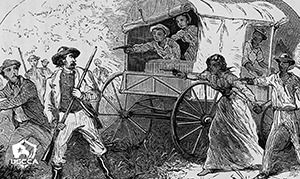 Part 2 of our series delves into the intricate tapestry of gun control in 19th-century America, unveiling a period marked by increasing restrictions on firearms ownership and carrying. As states grappled with societal shifts and rising tensions, laws emerged to curb concealed weapons, defining an era scholars aptly term the "restricted era." Through a lens of historical documents and legislative decrees, we explore the evolution of these laws, from regulations on concealed carry to the delineation of 'gun-free' zones, shedding light on the complex interplay between social dynamics, racial tensions, and the quest for public safety.
Part 2 of our series delves into the intricate tapestry of gun control in 19th-century America, unveiling a period marked by increasing restrictions on firearms ownership and carrying. As states grappled with societal shifts and rising tensions, laws emerged to curb concealed weapons, defining an era scholars aptly term the "restricted era." Through a lens of historical documents and legislative decrees, we explore the evolution of these laws, from regulations on concealed carry to the delineation of 'gun-free' zones, shedding light on the complex interplay between social dynamics, racial tensions, and the quest for public safety.
Gun control in 19th-century America was more restrictive than in previous centuries. During this period, states implemented laws that imposed greater restrictions on carrying firearms and introduced regulations against concealed weapons. Similar to the 17th and 18th centuries, some gun laws discriminated against people of color. Scholars fittingly refer to this period as the “restricted era.”
Credit: USCCA, www.usconcealedcarry.com
Also read The History of Gun Control in the United States, Part 3
